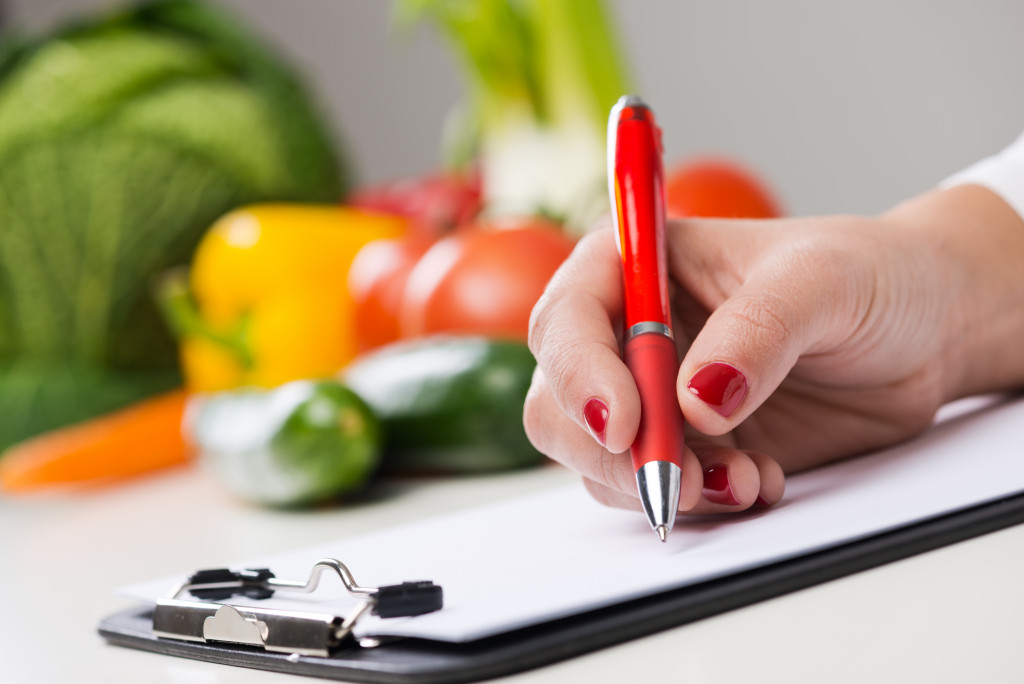- Plan your garden by choosing a sunny spot and choosing crops to grow.
- Invest in protection to shelter plants and extend the growing season.
- Prepare the soil by removing any grass or weeds and adding organic matter.
- Plant your seeds following recommended planting depth and spacing.
- Care for your garden by watering deeply and less frequently and fertilizing with organic matter.
There is nothing more rewarding than growing your vegetables. It is a fun and educational activity for the whole family and allows you to enjoy fresh and tasty produce without spending a ton of money at the grocery store. If you’re new to gardening and don’t know where to begin, don’t worry! Here are the steps you need to follow to start your vegetable garden.
Plan Your Garden
Before you start digging, you need to plan your garden. Choose a sunny spot with at least six hours of sunlight daily, sketch your garden, and decide what crops you want to grow. Some popular and easy-to-grow vegetables for beginners are tomatoes, cucumbers, peppers, lettuce, and carrots.
Invest in Protection
One of the most significant challenges in gardening is protecting your plants and crops from harsh elements, pests, and other potential threats. That’s why investing in protection should be a top priority for any gardener.
Fortunately, many options are available, including a DIY hoophouse, which provides a cost-effective and straightforward solution to shelter your plants and extend your growing season. A hoophouse is like a miniature greenhouse that can help regulate temperature, humidity, and light, giving your plants the best chance of thriving.
Prepare the Soil

Once you have selected the spot for your garden, it’s time to prepare the soil. To enhance the fertility and structure of the soil, first uproot all the grass and weeds, then incorporate organic matter like compost or manure. Mix the organic matter with a garden fork or tiller, and ensure the soil is loose and crumbly.
Plant Your Seeds
Now comes the fun part, planting your seeds. Check the seed packet for the recommended planting depth and spacing, and follow those instructions. Water your seeds immediately after planting to help them establish roots. Keep the soil moist but not soggy and be patient; it can take 7-14 days for the seeds to germinate.
Care for Your Garden
Starting and maintaining a vegetable garden can be challenging. You need to understand the proper care required to get the best harvest. Here are some tips on caring for your vegetable garden to get the most delicious and nutritious vegetables.
Watering Your Garden
The key to successful gardening is watering. Vegetables require a consistent amount of water to thrive. Watering deeply and less frequently is better than watering shallowly and often. Watering your garden early in the morning or late afternoon when the sun is not too hot will prevent the water from evaporating too quickly.
Fertilizing Your Garden
Feeding your vegetables with organic fertilizers improves plant growth and ensures the production of high-quality vegetables. Compost, manure, fish emulsion, and other organic fertilizers are great options. Always follow the directions on the label and fertilize when the soil is moist. Do not over-fertilize, as it can lead to plant burn and damage.
Weed Control
Weeds compete with your vegetables for water, nutrients, and sunlight. Regular weeding will prevent them from spreading and help your vegetables grow. Hand-picking weeds or using a garden hoe is an excellent way to control the weed population. Avoid using chemical herbicides, as they can harm your vegetables and soil.
Pest and Disease Control
Many insects and diseases can attack your vegetables and destroy your harvest. You can prevent this by inspecting your plants regularly and identifying any issues immediately. To prevent plant diseases, utilize resistant varieties, rotate crops, and apply organic pest control techniques like neem oil or insecticidal soap.
Harvest Your Crop

Congratulations, you’re now a vegetable gardener! When your vegetables are ripe and ready to harvest, pick them regularly to prevent them from spoiling or attracting pests. Freshly harvested vegetables taste best, so enjoy them immediately, or store them in the fridge or freezer for later use.
Harvesting is probably the best part of gardening. You get to enjoy fresh, delicious produce and the satisfaction of knowing that your hard work has paid off!
The Bottom Line
Starting your vegetable garden can be a fun and rewarding experience. By following these simple steps, you can grow fresh and healthy produce at home without spending much money. Remember to plan your garden, prepare the soil, plant your seeds, care for your garden, and enjoy the fruits of your labor. Happy gardening!
